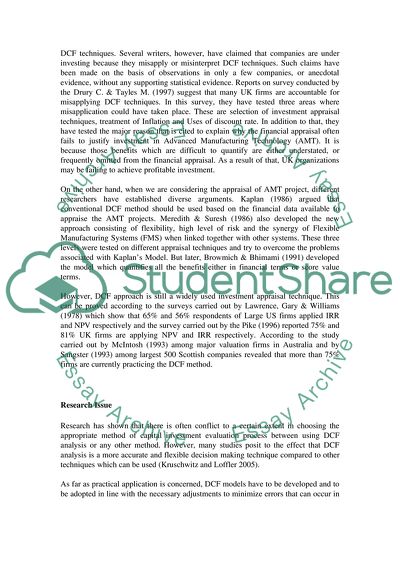Cite this document
(Rapidly Changing Technology, New Innovations and Globalization Essay, n.d.)
Rapidly Changing Technology, New Innovations and Globalization Essay. Retrieved from https://studentshare.org/technology/1722208-editing-literatue-review-about-dcf
Rapidly Changing Technology, New Innovations and Globalization Essay. Retrieved from https://studentshare.org/technology/1722208-editing-literatue-review-about-dcf
(Rapidly Changing Technology, New Innovations and Globalization Essay)
Rapidly Changing Technology, New Innovations and Globalization Essay. https://studentshare.org/technology/1722208-editing-literatue-review-about-dcf.
Rapidly Changing Technology, New Innovations and Globalization Essay. https://studentshare.org/technology/1722208-editing-literatue-review-about-dcf.
“Rapidly Changing Technology, New Innovations and Globalization Essay”, n.d. https://studentshare.org/technology/1722208-editing-literatue-review-about-dcf.


